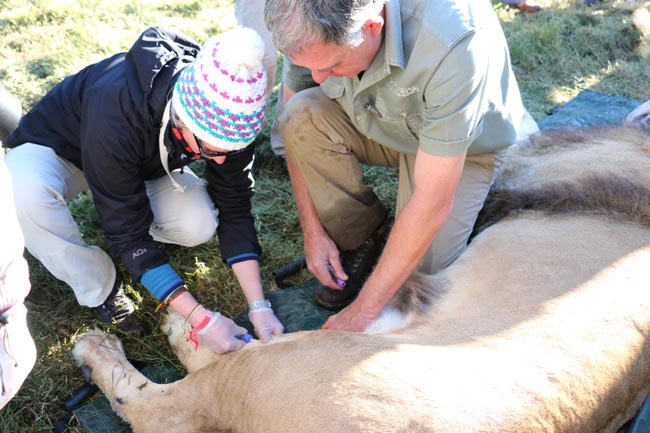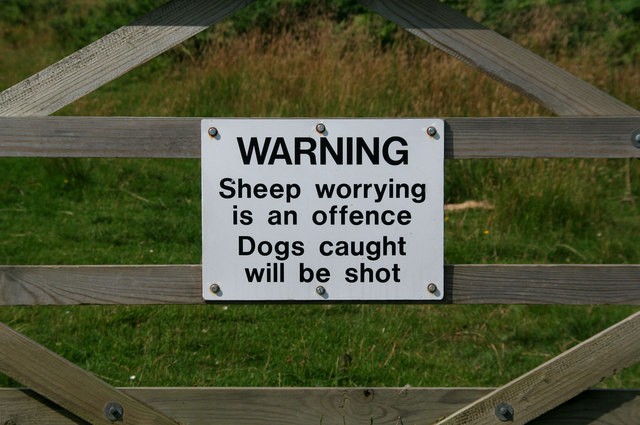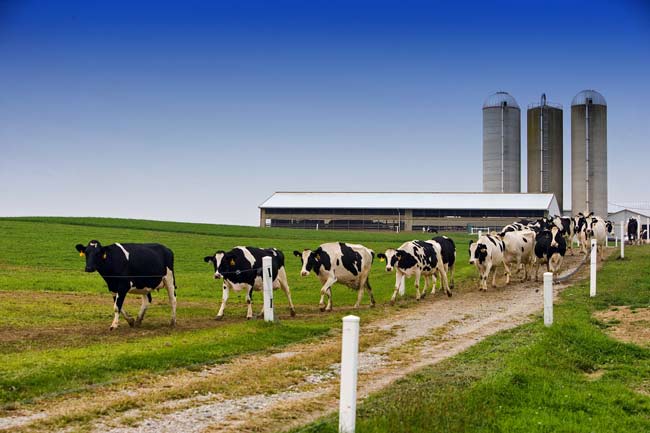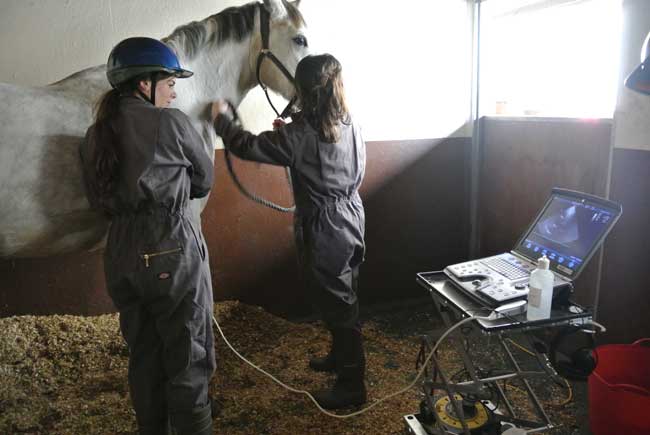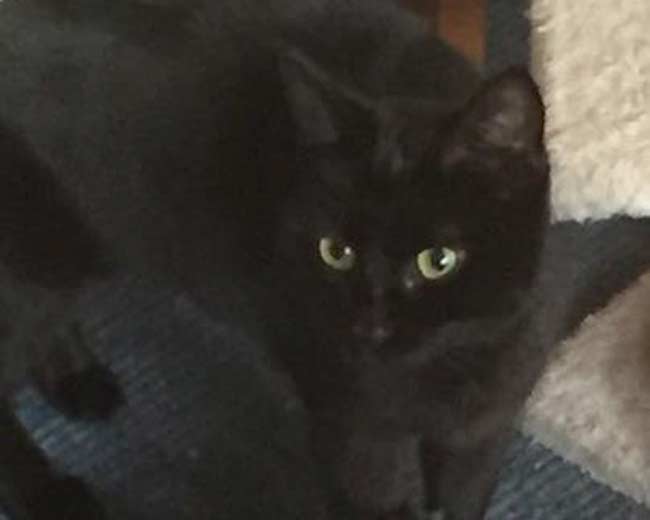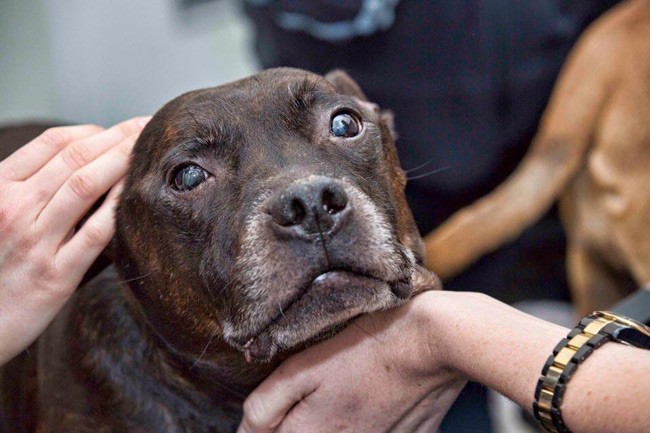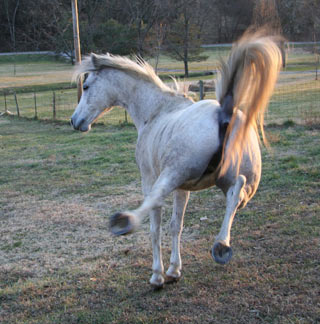Having averaged four hours’ sleep a night for a couple of weeks, I came out of fourth year exams alive… just.

Sleeping pattern ruined, and a number of family and friends to see in quick succession (seeing as the next time I’ll be “home home” will be in five months or so), the four-day “summer holiday” we were given was anything but restful.
Midway through a week of induction lectures and “how to cope with real life” talks, the prospect of final year rotations beginning in five days’ time is becoming very real.
However, I think the induction week has had the opposite of the desired effect and, subsequently, I am anticipating my first week in the hospital with utter terror.
Panic mode
In theory, we should have the knowledge base to cope with whatever they throw at us in final year. However, in my panic-stricken state, I can only imagine drawing a blank at the first case I’m given and already feel sick at the thought of looking like the idiot I’m almost certain I am.
I feel under-prepared and tired from the last few weeks, not to mention the fact I don’t know if I’ve passed the exams and deserve to be in the hospital in the first place.
Several family members have asked me if it feels like my time at vet school has gone quickly, to which I can only answer “yes and no” – on one hand, it feels like I’ve always been at vet school; on the other, final year has sprung suddenly out of nowhere.
Time flies

More relaxed times seem a long way off, such as soaking up the German sun at a yearling auction, or paddling waist-deep through a swamp to care for a puma. Even scrubbing into orthopaedic surgery a month ago seems much more distant. Time flies when you’re having fun… or are kept stupendously busy by the various aspects of vet school.
While this transition feels tough, I’m sure tougher ones are ahead (such as this time next year, when we’re all about to enter the real world of work), but I’ll worry about those closer to the time.
I can only hope students in the year above (those finishing final year), who claim they felt the same way when starting rotations, were speaking the truth and, somehow, as unlikely as it seems right now, we’ll come out the other side as qualified, competent vets.
The question now is whether to spend the next few days – between the remaining induction lectures – catching up on sleep or frantically trying to relearn everything I’m supposed to already know…

